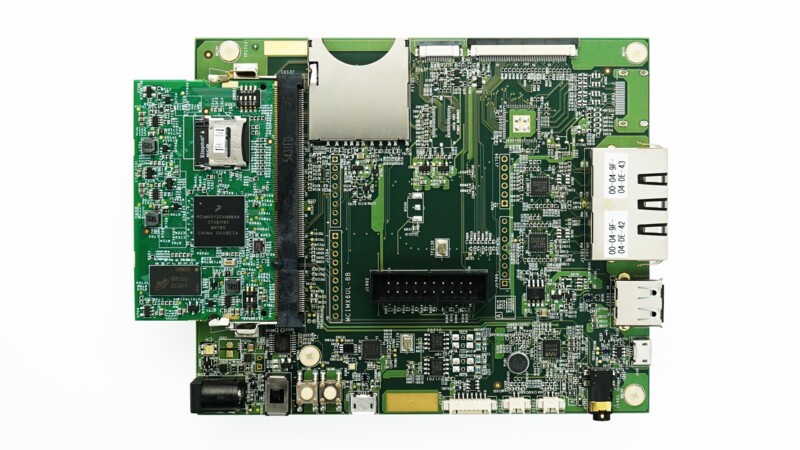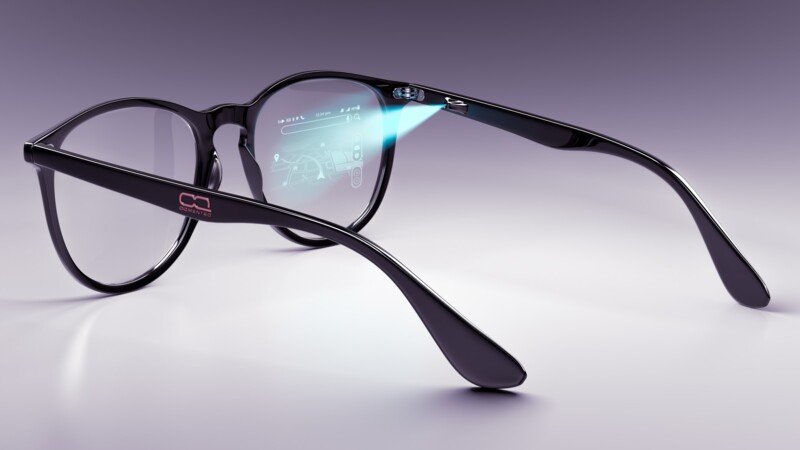The two companies have agreed on a partnership to prepare the technology for the market. Roman Kleindienst, Head of Microoptics at Zeiss, said: "This partnership is a milestone for the industrialisation of hologram technology especially for large-area applications. We and Tesa are creating the conditions for bringing holographic innovations to the market in a reliable, scalable and economical way."
Tesa and Zeiss have announced plans to transform windscreens into displays. Drivers will no longer have to take their eyes off the road to check the dashboard for information such as speed, fuel levels, navigation and parking assistance. Instead holographic films will enable transparent displays to be placed in the driver's field of vision and provide all those details. Tesa, based in Norderstedt in the Hamburg Metropolitan Region, specialises in high-performance adhesive technology, while Zeiss, based in Jena in Thuringia, is an expert in the micro-optics needed to advance holographic film technology.
"Milestone for industrialisation of hologram technology"
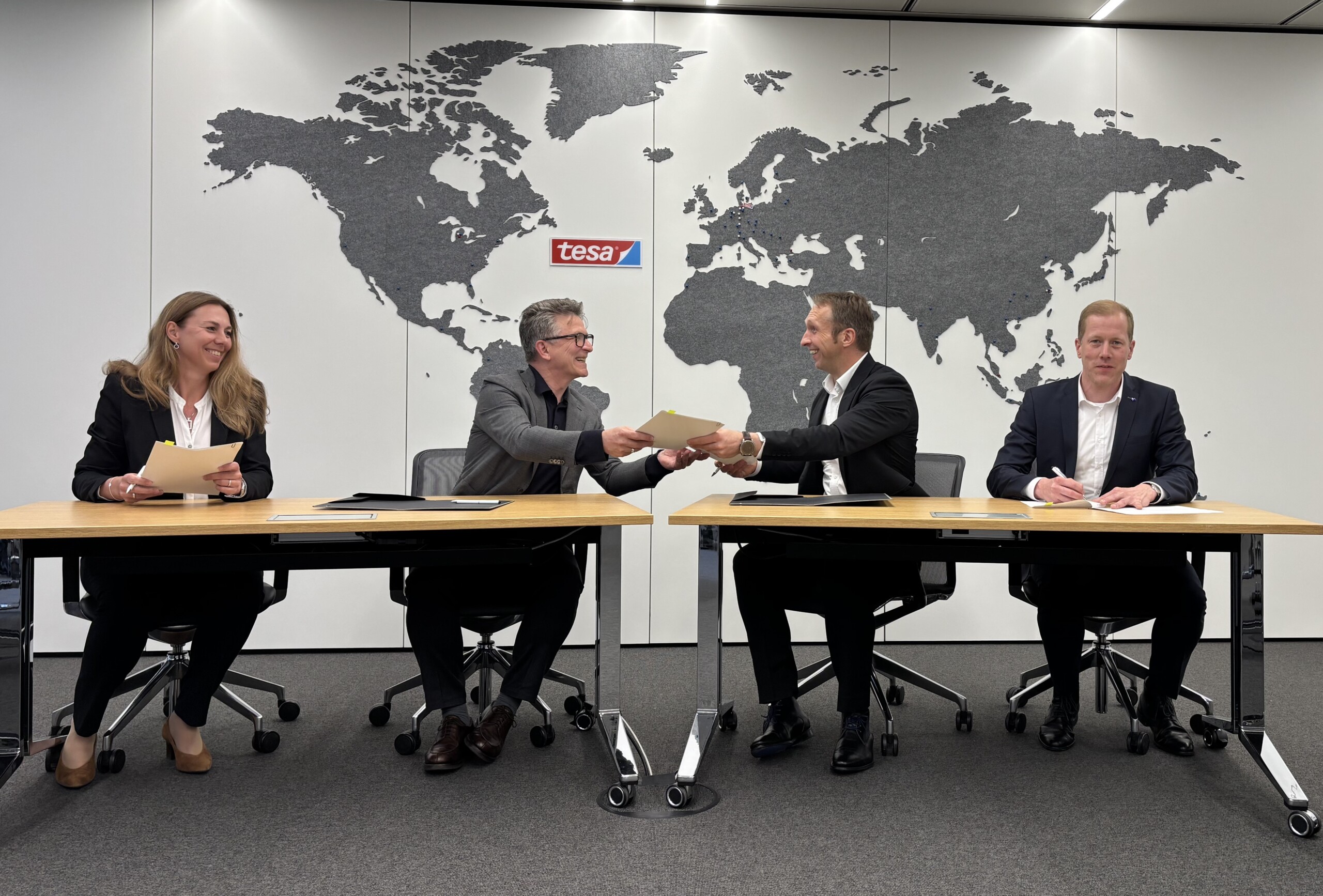
Goal - serial production of holographic films
The windscreen is at the centre of their collaboration. A wafer-thin, transparent film is integrated into the glass to display the content holographically without damaging the transparency of the glass. Falk Sluga, a press officer for Tesa, said: "The windscreen is a particularly demanding field of application, as it has to meet the strict safety and quality requirements of the automotive industry." The component has to withstand crash tests and protect the driver from UV light: "Our solutions meet the demands of the automotive industry and impress with higher brightness, sharpness and durability," Sluga added. The next step involves the integration of the holographic functionality into the glass on an industrial scale. "We to mass produce the components and set new technological standards," Sluga told Hamburg News in an interview
Indicators on display increase safety
But what about displays on glass? Doesn't something like this already exist? Yes and no. A ship with so-called smart windows is currently in use in the Port of Hamburg. The Hamburg Port Authority (HPA) has collaborated with Fehrmann Tech Group, a ship window manufacturer, to fit a ship's windscreen with transparent nano-particle film that can display images from projectors. This technology also sends navigation information to the crew's field of vision without obstructing their view of the outdoors. The result is similar to hologram technology. However, holographic films can save lots of space, Tesa said. The smart window has proven an "outstanding success", said Marius Eschen, Head of Digital Trend Management at HPA. Despite criticism of the technology, Eschen pointed out: "Our evaluation shows that the view of the water increases by 250 per cent, which significantly improves occupational safety." Smart windows like these can be found in cruise terminals in the Port of Hamburg, where they provide passengers with information. A control centre for co-ordintating ships will be equipped with the innovative technology in future. Thus, there are plenty of use cases and also in the aerospace industry and for spreading information.
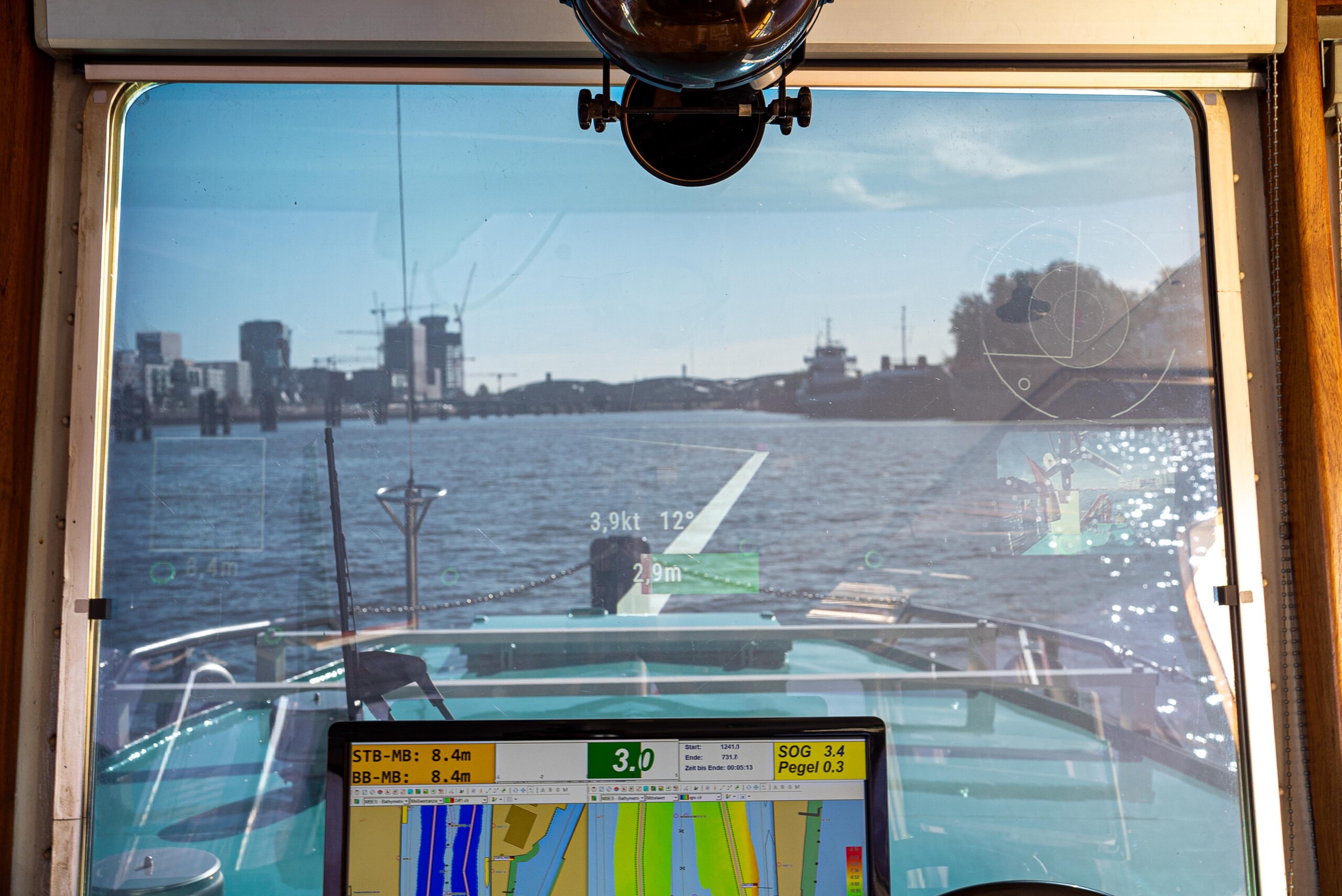
Tesa and Zeiss expecting great demand
Tesa and Zeiss now aim to bring holographic film technology to market maturity. Demand or a lack thereof is not a concern, said Sluga: "There are already concrete enquiries from well-known customers who want to use the applications for their own purposes."
agu/mb/kk/pb
Sources and further information
More
Similar articles
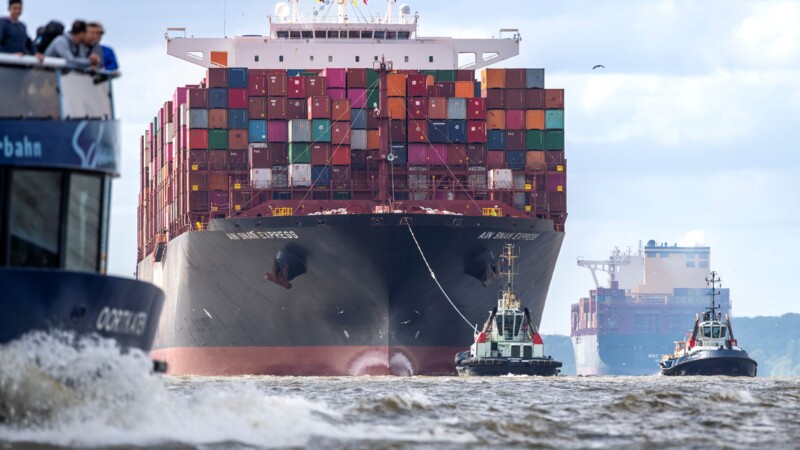
International boost for Port of Hamburg
